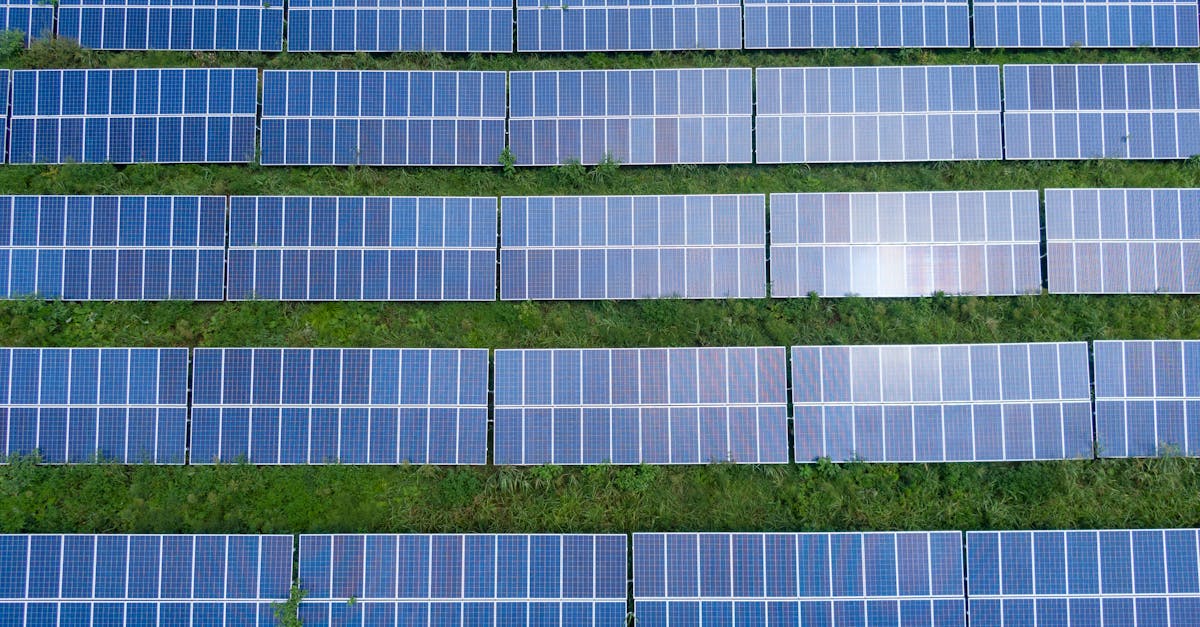Published on:
8 min read
Harnessing the Sun: A Comprehensive Guide to Solar Panels for Homeowners
Solar panels are becoming increasingly popular for homeowners looking to reduce energy costs and embrace renewable energy. This guide covers the essentials of solar energy, installation, and benefits, helping you make an informed decision about harnessing the power of the sun.

Understanding Solar Energy
Solar energy is derived from the sun’s rays and can be converted into electricity through solar panels. The primary types of solar panels include photovoltaic (PV) panels and solar thermal panels. PV panels convert sunlight directly into electricity using silicon cells, while solar thermal panels use sunlight to heat water or air for residential use. The efficiency of solar panels has improved significantly over the years, making it a viable energy solution for homeowners. Investing in solar energy not only reduces your carbon footprint but also contributes to long-term savings on electricity bills.
Evaluating Solar Panel Installation Options
Before installing solar panels, homeowners need to consider several factors, including the roof's orientation, shading from trees or buildings, and energy consumption patterns. There are generally two installation options: grid-tied and off-grid systems. Grid-tied systems connect to the local electricity grid, allowing homeowners to draw power when needed while also sending excess solar energy back to the grid for credits. Off-grid systems are independent and typically require battery storage for nighttime or cloudy days. Assessing your energy needs and scrutinizing local regulations can help streamline the installation process.
Cost, Incentives, and Long-term Benefits
While the initial cost of solar panel installation can be significant, numerous incentives can offset these expenses. Federal tax credits, state rebates, and financing options such as solar loans or leases can significantly reduce the upfront costs. In the long run, solar panels can increase your home’s value, reduce electricity bills, and provide protection against rising energy prices. Additionally, the environmental benefits of adopting renewable energy contribute to sustainable living. On average, homeowners can recoup their investment in solar panels within 5 to 7 years, depending on location and energy rates.
Conclusion
Harnessing solar energy through solar panels presents a sustainable solution for modern homeowners. With rising energy costs and growing environmental concerns, investing in solar technology is more appealing than ever. By understanding installation options, evaluating costs, and leveraging available incentives, you can make a positive impact on both your finances and the planet.
Published on .
Share now!










